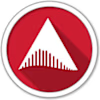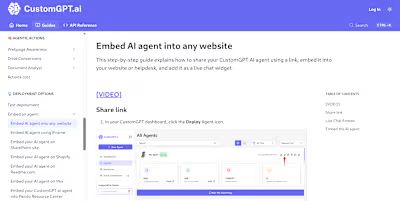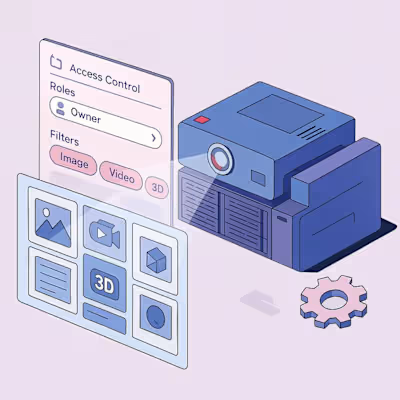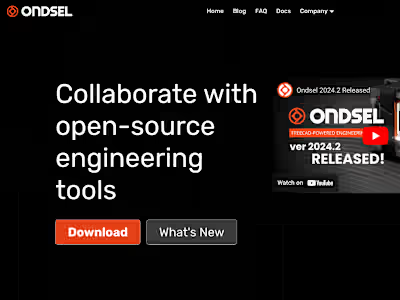Ardour | Full Docs Revamp
Ardour is an open-source digital audio workstation similar to ProTools, StudioOne, Cubase, and others. It's highly capable and is the basis for commercial products such as Harrison Mixbus and LiveTrax.
The development of Ardour is monetized through subscriptions that provide binary builds for Windows, macOS, and Linux. Additional funds come from paid development on Mixbus and LiveTrax. This is where the budget for this project comes from.
About the Project
This project started in 2022 and is ongoing. As is usual for open-source software projects, documentation is often lacking. Initially, the lead developer needed the crash course updated. The user manual update was next on the list. After that, it was time to revive the YouTube channel. I've been maintaining all three ever since and doing smaller tasks such as updating the FAQ and contributing to release notes.
Crash Course
The original crash course, also known as the Ardour tutorial, was written as part of the FOSS Manuals project in 2009 by a team of authors and received some text updates from various contributors over the years, including a port to Jekyll. However, it was largely outdated, did not even cover MIDI tracks, and used a poor Jekyll theme, which affected the UX badly.
Stage 1. I started with slight manual restructuring, then moved the result to Hugo, picked and customized a documentation theme, and set up GitHub Pages for automatic publishing.
Stage 2. I went section over section to update and add the missing text and graphics.
Stage 3. I wrote new content: recording and editing MIDI, using metronome and preroll/count-in to perform on time, and other chapters. That covered the basics.
After Stage 3, this became a rolling project. I keep adding new chapters and revising existing ones as more features get added and the user interface evolves.
User Manual
First, the manual is huge. Its PDF version is almost 600 pages long. So no wonder it was out of date. There's only so much unpaid volunteers can do. I started updating it in June 2022 and was done with my changes in 2-3 weeks.
Then as v7.0 was getting close to release, I started updating the user manual accordingly and was done with it by the time the release was out. It was the first time a new version of Ardour came out with up-to-date documentation available immediately. It has been so ever since.
Video Tutorials
Someone else made a great start for official Ardour tutorials but dropped out for personal reasons. There wasn't much clarity on whether I should go for a short or long format. I decided in favor of bite-sized explainers and step-by-step tutorials.
All production is currently done by me: video queue and content plan, voiceover scripts, actual voiceovers, screen captures, and editing. For thumbnails, I hired a subcontractor to create an Inkscape template.
Challenges
For video tutorials, the main challenge is my thick accent which I've been working on with moderate success. If the client's budget wasn't as tight, I'd rather hire a voiceover artist. So I work around this by doing a lot of overdubs and cutting to pick the best versions of voiceover parts.
For the user manual, the main challenge is documenting support for external hardware such as digital consoles. Just storing all the equipment would take a dedicated room. So my approach to this is reading the equipment's manual to find out how it works, talking to the developer to find out what controls are supported, and documenting what I discovered.
Results
The user manual and the crash course have been up to date for the past two years with no interruptions. Updates are available on the same day the software release is announced.
The number of YT subscribers has almost tripled.
Like this project
Posted Nov 11, 2024
Ardour is a highly capable open-source digital audio workstation similar to ProTools, StudioOne, Cubase, and others.









